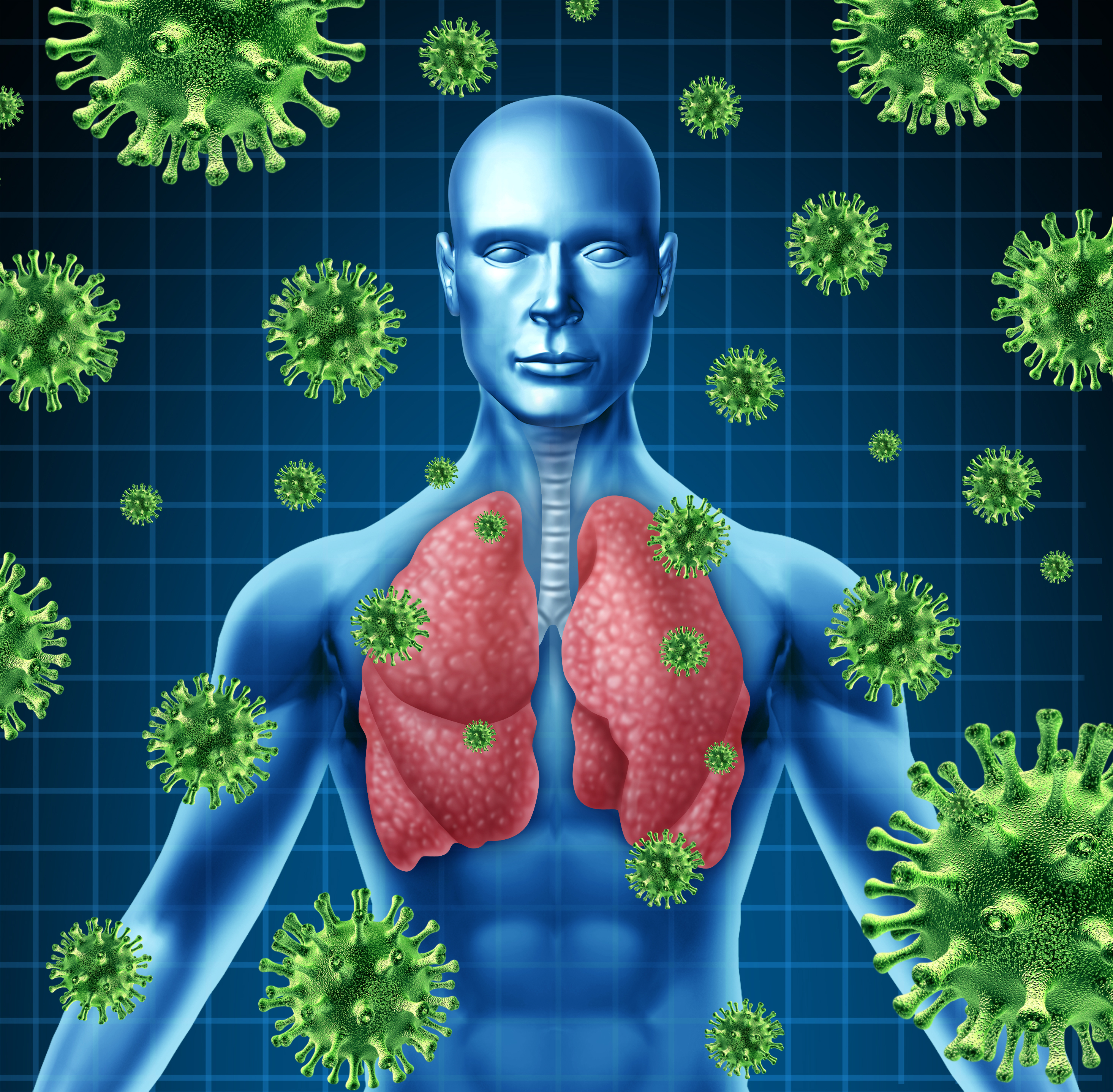teaser
Bayer HealthCare has announced the successful enrolment of the first patient in a global Phase III program, INHALE, which will evaluate the efficacy and safety of Amikacin Inhale as an adjunctive therapy to the standard of care, intravenous antibiotics, in intubated and mechanically ventilated patients with Gram-negative pneumonia. Amikacin Inhale consists of a specially formulated Amikacin Inhalation Solution and a Pulmonary Drug Delivery System (PDDS).
“Our primary objective of the program is to demonstrate superior clinical response by using Amikacin Inhale as an adjunctive therapy to standard of care compared to standard of care plus placebo“, said coordinating investigator Jean Chastre, Professor of Medicine, University of Paris, Director of the Medical Intensive Care Unit at the Hôpital Pitié-Salpêtrière in Paris.
“Gram-negative organisms are frequently found to be causative pathogens for pneumonia in intubated and mechanically ventilated patients. Since morbidity and mortality are significant in this patient population, treatments that complement current standard of care are urgently needed”, said fellow coordinating investigator, Professor Michael Niederman, Chairman, Department of Medicine, Winthrop University Hospital, New York.
Targeting aerosolised antibiotics directly to the site of infection with low systemic exposure is a new concept to improve the treatment of Gram-negative pneumonia. Hospital-acquired pneumonia accounts for up to a quarter of all infections in intensive care units patients.(1) Up to 90% of these hospital-acquired pneumonia cases occur in patients who are on mechanical ventilators for breathing assistance.(1) The incidence of pneumonia in ventilated patients has been shown to be 3.8- to 20-fold greater than in non-ventilated patients.(2,3)
“The phase III program will provide significant insight and knowledge into this promising concept”, said Kemal Malik, Member of the Bayer Executive Committee and Head of Global Development. “We hope that Amikacin Inhale will provide physicians with a new treatment option for treating Gram-negative pneumonia in this vulnerable patient population.”
About Amikacin Inhale
Amikacin Inhale (BAY 41-6551) is the development name for a drug-device combination product currently being developed as an adjunctive treatment for intubated and mechanically ventilated patients with Gram-negative pneumonia. It is being developed by Bayer HealthCare and combines a specially formulated Amikacin Inhalation Solution with Nektar Therapeutics’ proprietary Pulmonary Drug Delivery System (PDDS). Amikacin Inhale has been shown to achieve aerosol delivery of approximately 50% of the nominal dose into the lungs.(4–6) This compares favourably to other commercially available nebulisers, which deliver 10-20% of the nominal dose to the lungs.(5)
Amikacin Inhale can be integrated into all standard mechanical ventilation circuits, as an on-vent configuration, but can also be used as a handheld configuration for patients extubated during the course of therapy.
About the Phase III program INHALE
The global INHALE program will comprise two multinational, prospective, randomised, double-blind, placebo-controlled, multi-centre studies that will investigate the clinical efficacy and safety of Amikacin Inhale as adjunctive therapy in intubated and mechanically ventilated patients with Gram-negative pneumonia.
The program will include approximately 1,300 patients worldwide. The primary endpoint is the proportion of cured patients in the Amikacin Inhale group compared to the proportion of cured patients in the placebo group. In the study, patients will be randomised into two arms. Patients in the first arm will receive 400 mg of aerosolised amikacin every 12 hours for 10 days administered using the PDDS. In the comparator arm patients will receive aerosolised placebo every 12 hours for 10 days, also administered using the PDDS. Both groups will receive standard of care IV antibiotics in parallel in line with American Thoracic Society (ATS) guidelines.
References
- American Thoracic Society, “Guidelines for the Management of Adults with Hospital-acquired, Ventilator-associated, and Healthcare-associated Pneumonia,” Am J Respir Crit Care Med, 171, 388-416, 2005.
- Chevret S, et al., “Incidence and risk factors of pneumonia acquired in intensive care units,” Intensive Care Med, 19, 256-264, 1993.
- Celis R, et al., “Nosocomial pneumonia: a multivariate analysis of risk factors and prognosis,” Chest , 93, 318-324, 1988.
- Dhand R, et al., “Aerosol Delivery During Mechanical Ventilation: From Basic Techniques to New Devices,” Journal of Aerosol Medicine and Pulmonary Drug Delivery, 1, 45-60, 2008.
- Dhand R, et al., “Pulmonary Drug Delivery System for inhalation therapy in mechanically ventilated patients,” Expert Rev. Med. Devices, 5 (1), 9-18, 2008.
- Kadrichu N, et al., “In vitro efficiency of Amikacin Inhale, a novel drug-device delivery system,” Critical Care, 17 (Suppl. 2):P81, 2013.

